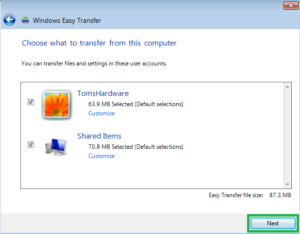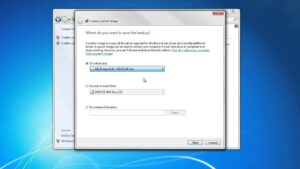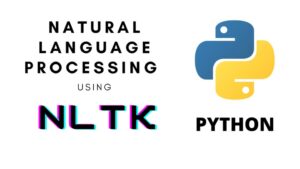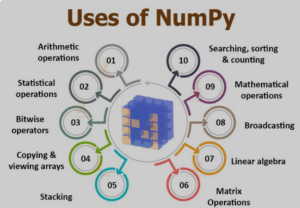Windows 7 Security Arsenal: A Comprehensive Guide to Fortifying Your Operating System
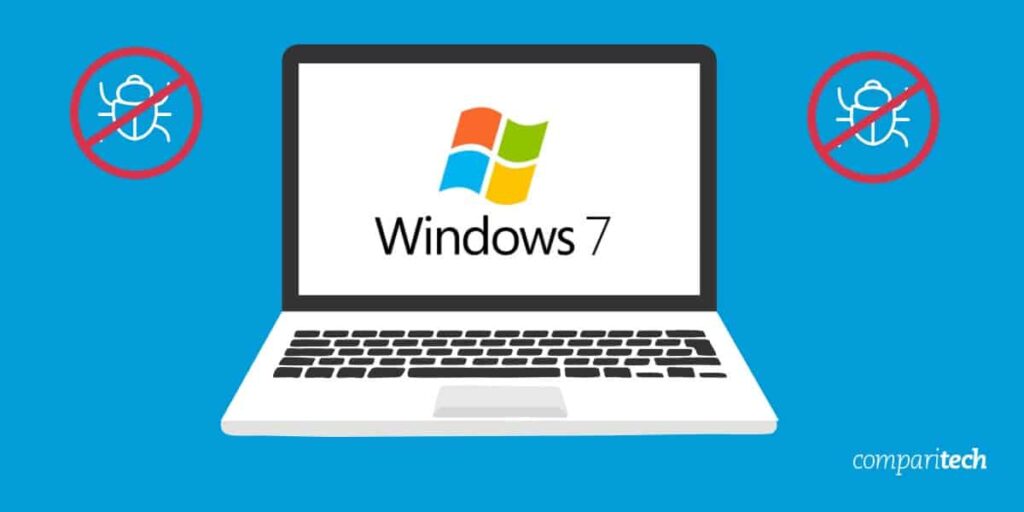
Introduction
In the vast landscape of digital security, Windows 7 stands as a venerable fortress, boasting a robust security arsenal designed to safeguard users against an ever-evolving array of cyber threats. As we embark on this comprehensive guide, we’ll navigate through the intricate layers of security embedded within Windows 7, unraveling the mechanisms that collectively form the bedrock of this operating system’s security posture.
1. Windows Firewall: The Bastion of Network Security
At the forefront of Windows 7’s security architecture is the Windows Firewall, a robust defense mechanism designed to fortify the system against unauthorized network access. This section delves into the intricacies of Windows Firewall, exploring its inbound and outbound filtering capabilities, and elucidating how it serves as the bastion of network security.
2. Microsoft Security Essentials: A Guardian Against Malware
In the perpetual battle against malware, Windows 7 introduces Microsoft Security Essentials (MSE) as a stalwart defender. This segment navigates through the capabilities of MSE, dissecting its real-time protection, malware scanning, and removal functionalities. We unravel how MSE acts as a dedicated guardian, tirelessly defending the operating system against the myriad of digital adversaries.
3. BitLocker Drive Encryption: Safeguarding Sensitive Data
Privacy and data security are paramount in the digital age, and Windows 7 addresses these concerns with BitLocker Drive Encryption. This section explores the inner workings of BitLocker, shedding light on how it encrypts entire disk volumes, safeguarding sensitive data from unauthorized access even if the physical drive is compromised.
4. User Account Control (UAC): Elevating Security Consciousness
Windows 7 introduces User Account Control (UAC) as a pivotal feature aimed at elevating security consciousness among users. We delve into the role of UAC in prompting users for permission when attempting to perform certain actions, providing an additional layer of defense against unintended system changes and potential security threats.
5. Windows Defender Offline: A Resilient Offline Scanner
The battle against malware extends beyond online threats, and Windows 7 equips users with Windows Defender Offline. This segment explores the capabilities of this offline scanner, elucidating how it can be used to detect and remove resilient malware that may evade detection during regular online scans.
6. Automatic Updates: A Continuous Reinforcement
In the realm of cybersecurity, staying up-to-date is paramount. Windows 7 incorporates a robust Automatic Updates system that ensures the operating system is fortified against emerging threats. We dissect the significance of regular updates, shedding light on how they contribute to the resilience of Windows 7 in the face of ever-evolving cyber challenges.
Conclusion
As our comprehensive guide concludes, it becomes evident that Windows 7 stands as a formidable guardian, armed with a multifaceted security arsenal. From the network fortifications of Windows Firewall to the vigilant malware defense of Microsoft Security Essentials, each security layer contributes to the holistic defense of this venerable operating system. In an era where digital threats continue to evolve, Windows 7 remains not just an operating system but a security stronghold, fortifying the digital realm with unwavering resilience.

